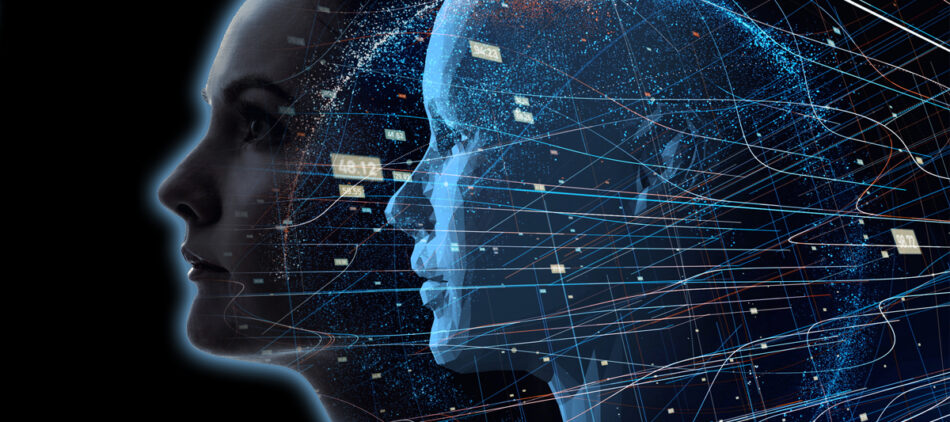
Understanding the Difference Between Deepfakes and 3D Human Avatars
Summary:
- Deepfakes and 3D avatars are different and used for different purposes although they both leverage AI in the creation process
- Deepfakes, when used ethically, have tangible use cases in entertainment; 3D avatars are being used in entertainment as well including gaming, virtual reality, and more
- To create immersive digital experiences, content creators and IP owners need a one-stop shop to create their digital persona
Artificial intelligence (AI) technology has evolved to the point where we can now create hyper-realistic synthetic media. Synthetic media is content that uses AI to generate new content like digital twins and can be used to replicate one’s voice and likeness in photos or videos, such is the case with deepfakes when unauthorized.
However, the technology is also being used to create 3D human avatars, which are inherently digital to the human eye and cannot be misconstrued as the actual individual. We’ll discuss the differences in this blog and the ethical application of these forms of media that are becoming more mainstream as we move toward web3.
A deepfake versus a 3D avatar
There are two pathways in creating a deepfake, voice, and likeness. Both leverage AI and a large amount of data to create a voice clone or superimpose someone’s likeness over another individual in a photo or video. Combined, you can create a synthetic version of someone who looks and sounds like the real individual.
On the other hand, 3D avatars use AI technology to create a hyper-real digital version of an individual, often then combined with a voice clone so that the avatar sounds like the person it’s representing while generating the digital likeness of the individual. Next level is giving that 3D avatar a brain through natural language processing (NLP). Think of an NPC or a VR character rather than something trying to portray reality.
While deepfakes raise questions about ethics and their impact on society, particularly political discourse, tangible applications of the technology can be used for good. As for 3D avatars, they will become critical in enabling individuals to represent themselves in the digital realm, from gaming worlds to multi-industry enterprise metaverse environments.
Ethical application of deepfakes and 3D avatars
Deepfake technology has received plenty of bad headlines due to various nefarious scams, primarily faking one’s voice to steal money or people’s information. Social media is also rife with image and video content that leverages deepfakes to misrepresent people. Like many useful technologies (think email) bad actors take away from the good deepfakes that can be used respectfully and ethically. In other words, synthetic voice and hyper-real 3D avatars that are verified by the IP owner.
Synthetic voice, the piece of a deepfake that can create a model of one’s voice, can give people’s voices back who’ve lost them due to medical conditions. It can also be leveraged in documentaries with the appropriate approvals to revive deceased voices and enhance the audience experience. Combined with a person’s likeness, you can create deeper immersion with video content (think Forrest Gump, where Tom Hanks’ character is inserted into authentic footage at the White House as an All-American).
On the other hand, 3D avatars are being used primarily in gaming and the metaverse, such as NFTs, brand ambassadors, characters, athletes, celebrities, influencers, and digital personas. Individuals, from users to content creators and IP owners, can create and own their digital human to engage with virtual environments and fan or customer bases.
However, the approach doesn’t have to be that of a “real human.” Stock and fictional avatars can be leveraged for various applications, including brand-driven characters or representatives in virtual worlds, conversational AI interactions for digital appointments across industries, and more. But to ethically adopt this technology for projects, content creators and IP owners need to work with a partner that doesn’t cut corners regarding ethics, bias, and approvals.
![]()
Leveraging Veritone Voice and Avatar
Veritone Voice is a hyper-realistic synthetic Voice as a Service (VaaS) solution that allows celebrities, athletes, influencers, broadcasters, podcasters, and other prominent figures across industries to create, distribute, and monetize synthetic voices securely and ethically. Veritone Avatar offers custom, ultra-realistic, 3D avatars and a library of existing avatars for organizations and individuals in traditional channels or metaverse environments.
Part of Veriverse, Veritone’s new portfolio of metaverse-ready offerings, Veritone Voice and Avatar, are solutions designed with an ethics-first approach. When creating voice clones and avatars, we never work with anyone that’s not the owner or estate representative. In addition, we require a two-step approval process that requires both written and verbal approval before undertaking any project. Start leveraging the power of AI to ethically create synthetic media at scale to support your digital strategy.
Learn More